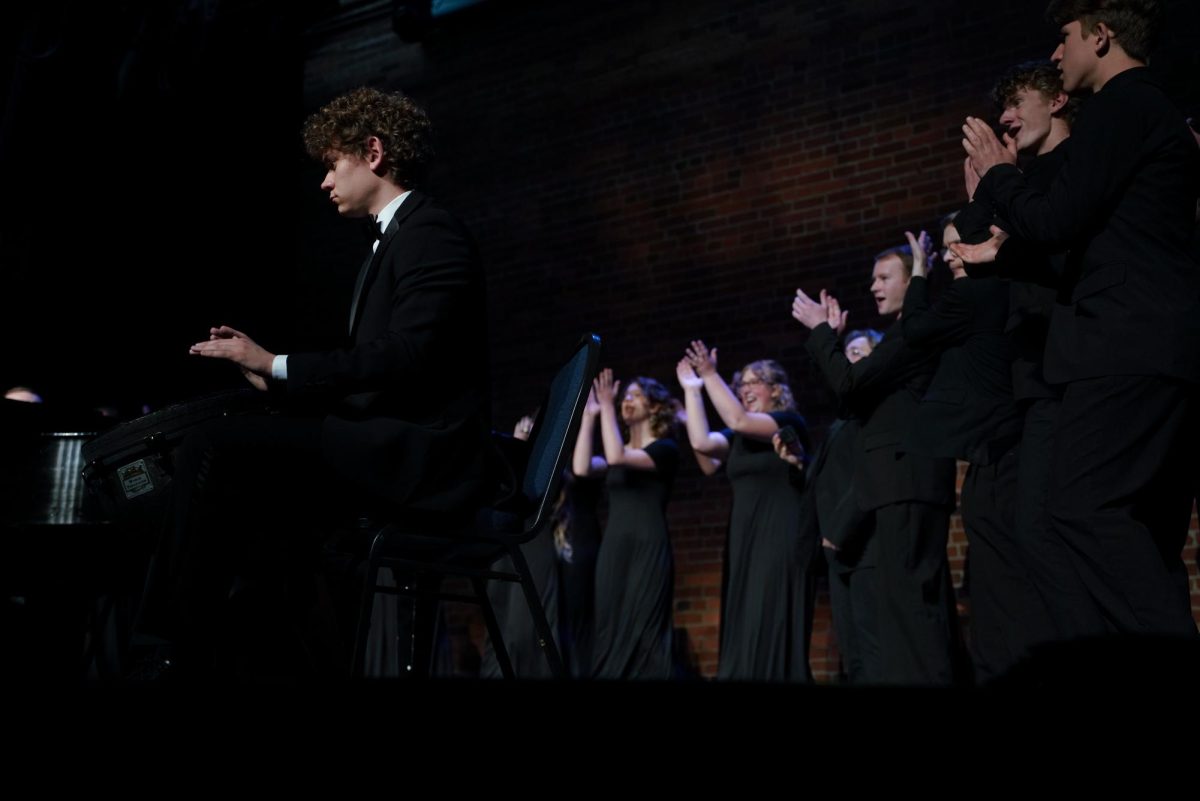For such a youthful musician, banjoist Jayme Stone is fascinated with the past. His latest album, The Lomax Project, is an enthusiastic exploration of the musical history of America. Sourced from the Library of Congress holdings curated by Alan Lomax, who spent his life collecting recordings of traditional American music, Stone’s project contains 19 songs that encompass a wide range of musical styles. From cowboy songs to sea shanties and hymns, Stone’s work brings to life again many songs that have brought people together for generations.
The introduction of Stone’s extensive liner notes, a 50-plus page booklet that explores the provenance of each track on the album, calls this a collaborative project, and that is made clear listening to the songs. Stone’s banjo playing is not overpowering, as one might expect on an album by such a prolific banjoist. Though some songs do feature the strong banjo that I expected, that gives way to songs that subvert expectations and explore a truly large spectrum of sound.
The opening track, “Lazy John,” is a further tribute to Lomax, coming from the sole album that he recorded of his own music. The tune is one that would be perfectly placed at a barn dance, and is an upbeat and exciting opening to the album. Singer Margaret Glaspy, who is featured as vocalist on nearly every track, has an infectious and hypnotizing voice. The versatility of her unique style stands out especially on an album where so many different musical styles are encompassed, and is surprisingly suited to the classic folk sound of “Lazy John” as well as the more somber sea shanty “Shenandoah” and the African-inspired Caribbean hymn “I Want to Hear Somebody Pray.”
“Before This Time Another Year” is a bluesy tune updated by the addition of several verses written by Tim O’Brien, who also sings on the track. It is a testament to both O’Brien’s writing and the collaborative power of the musicians that Stone has collected here that the song is such a smooth and introspective exploration of the passing of time that sounds whole and not like it is pieced together from other parts. Had the liner notes not shared O’Brien’s lyrical additions, I would have been hard pressed to know that the song had been changed at all.
Though the album contains many somber and spiritual tracks, there is a clear sense of humor from this group of musicians. On “Maids When You’re Young,” Stone’s light and playful banjo is beautifully complemented by the graceful fiddle melody of Brittany Haas, which lightheartedly accompany lyrics warning women of the hazards of marrying older men, such as “when we went to bed, me being young … he lay like he was dead.”
Overall, the album highlights not only these songs of rich history but also the sundry talents of the musicians that came together to shape this album into a fun trip through the diverse history of American music. As a whole, the album does a great job evoking the lives of those who sung these songs long before Stone or Lomax collected them for a wider audience, but it never feels outdated or like a history lesson. With the accompanying liner notes that lend such interesting context to each track, this album is a must for anyone interested in musical history or Americana.







 Spokane?
Spokane?